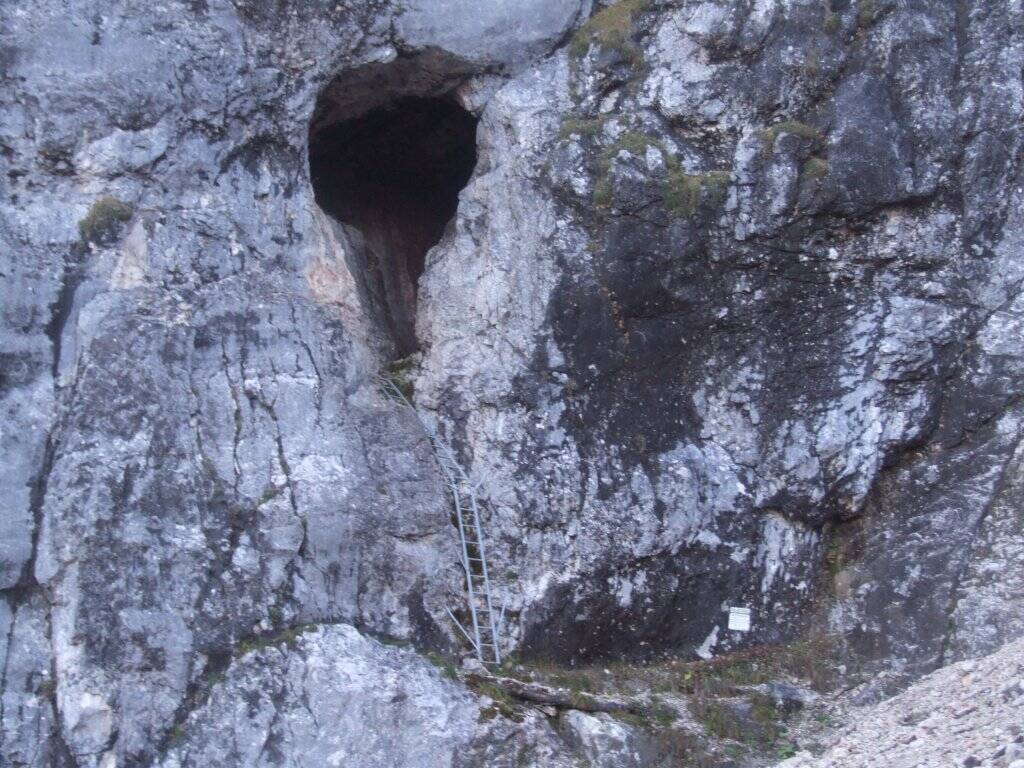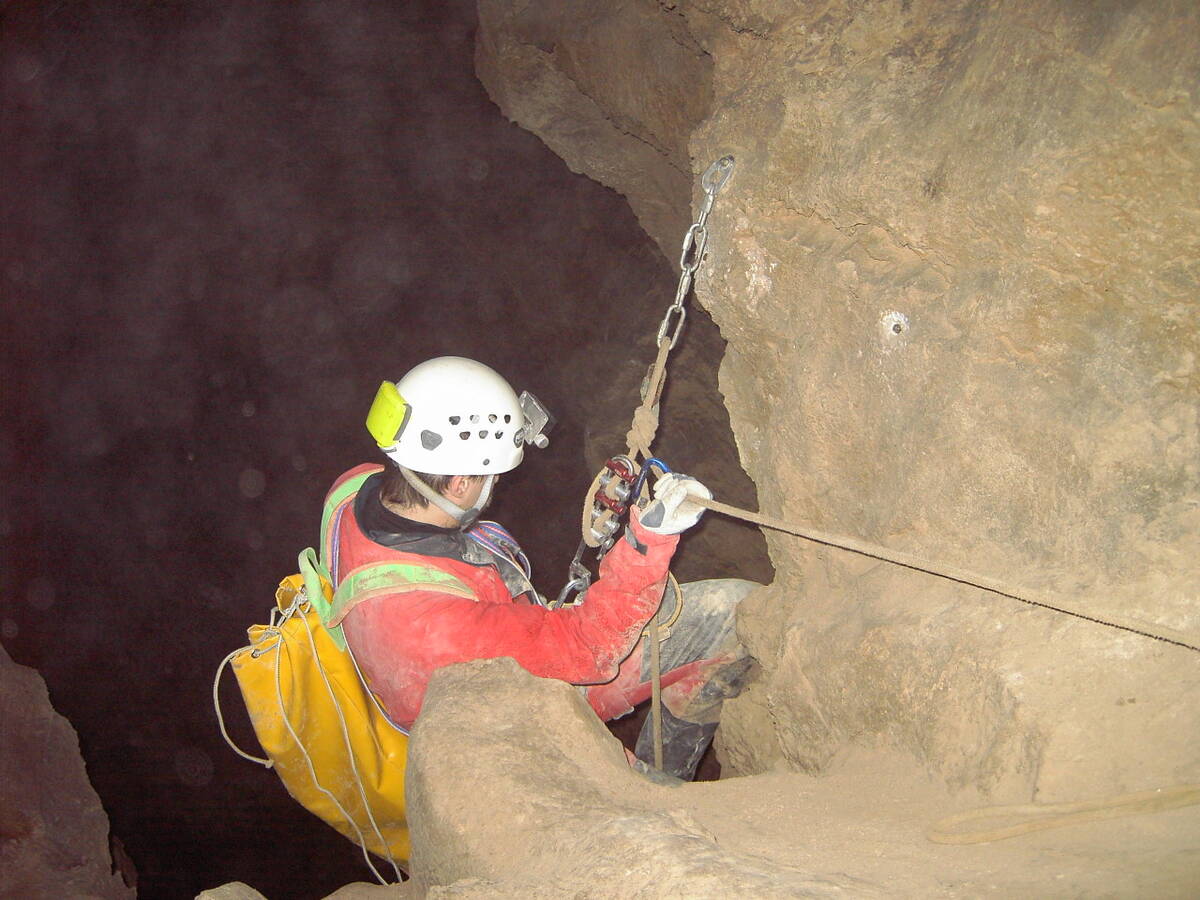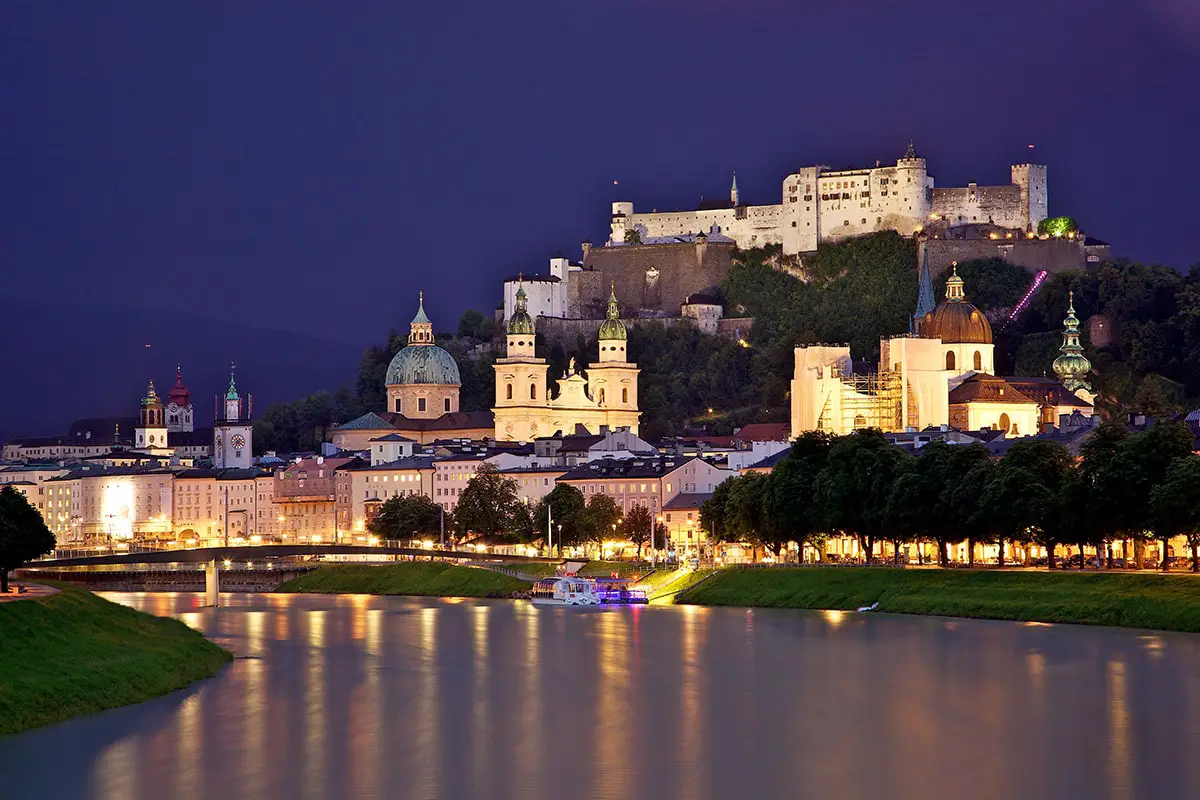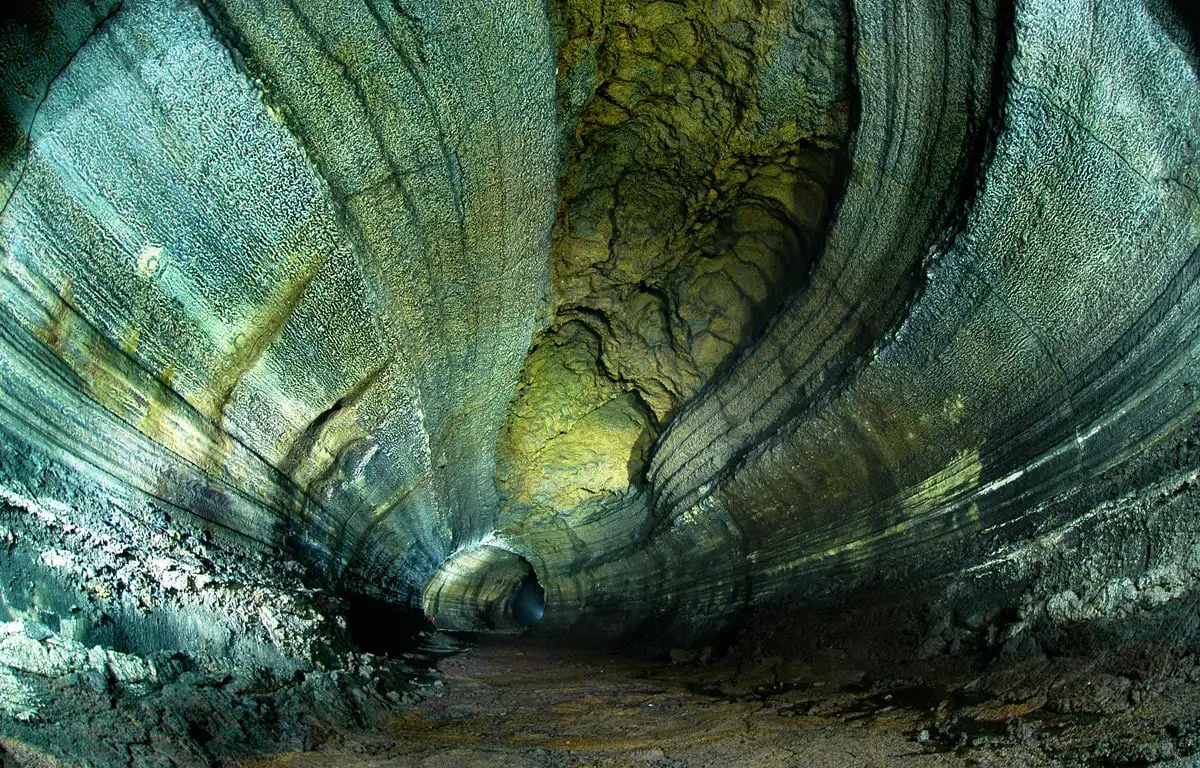Caves 🢔 Geological wonders 🢔 Categories of wonders
Wonder
Hirlatz Cave (Hirlatzhöhle)

 In short
In short
One of the largest caves in Austria is Hirlatz Cave. The research continues but already now it is one of the largest caves in the world with a length of 115 870 m and a depth of 1 560 m.
 42.5%
42.5%
GPS coordinates
Location, address
Name in German
Length
Depth
UNESCO World Heritage status
Map of the site
If you see this after your page is loaded completely, leafletJS files are missing.
 In detail
In detail
The giant cave near Hallstatt
Hirlatz Cave is just one of the numerous amazing wonders in the area around Hallstatt town in the Northern Alps.
This cave has formed in the Dachstein Mountains – one of the most spectacular parts of the Alps. Numerous interesting caves have formed in the extremely thick layer of Triassic and Jurassic carbonate rocks of Dachstein: in total there are known more than 320 caves.
The giant system of Hirlatz Cave has at least six notable entrances. Three of these entrances are springs: Kessel spring and Hirschbrunn spring near Hallstatt Lake and Waldbach Urpsrung in the far, high end of Echerntal Valley. One cave opening is in a vertical, tall rock wall. In fact, only one entrance is more or less easily accessible: it is located some 2 kilometers south of Hallstatt town, some 350 m above the bottom of Echerntal Valley.
Hirlatz Cave has formed in Upper Triassic limestones with some parts of the cave in older, Middle Triassic limestone. It is a complex system of passages. At the beginning of 2022, the explored passages has a total length of 115,870 m and a height difference of 1,560 m (1). Further research, certainly, will increase these numbers, at least the length.
The deepest place in the cave is just 443 m above the sea level – 66 m below the level of the Hallstatt Lake.
For the most part of the year research in the cave is not possible due to the high water level and flash flood danger in many passages. Thus the researchers are working mainly from January to March. At this time the entrance of the cave is covered with ice – the enormous cave “breathes” out the wet air and the steam freezes. Nevertheless, further inside the cave is safer at this time of the year.
Cave formation processes continue in several parts of Hirlatz Cave – the frequent flash floods do their work and continue to wash out the limestone.
Since 1971 this cave is a protected natural monument.
Discovery and research of Hirlatz Cave
The entrance in the cave was first accessed in 1927 but researchers then did not risk diving into it any further: there was no suitable equipment for this. On 29th November 1949 local researchers Karl Pilz Georg Lackner and Franz Voggenhuber tried again and now they were lucky: the water level was much lower and they entered 300 m deep. This is considered to be the day of the official discovery of this cave.

Since then Hirlatz Cave has become an internationally famous challenge both for local and for numerous foreign cave researchers: the cave is technically very challenging and, as life shows, cave researchers love challenges! There is no other cave in Austria that has seen such extensive and long research efforts!
The research is led by “Verein für Höhlenkunde Hallstatt-Obertraun” and this is the priority cave for this union.
Over the years the explored length of this cave grew kilometer by kilometer, sometimes “swallowing” nearby cave systems that were linked to Hirlatz Cave: for example, Wot U Got Pot (known as Schmelzwasserhöhle as well) and Obere Brandgrabenhöhle are part of this giant cave.
A “specialty” of Hirlatz Cave is long and dangerous siphons – inundated parts of the cave, that can be hundreds of meters long.
Another challenge, of course, is climbing: this cave is not for those who are afraid of heights! For example, there is an upwards passage called the Dark Star Pit, which is part of a giant cave room called “Sahara”. It is some 270 (with smaller side passages – even 336 m!) high and one should go upwards… but it is not simple at all because in some parts its walls are crumbling or have loose boulders. Just think about it: more than 300 meters high, like a 90-floor skyscraper! When this ascent is done, researchers reach the far south-western part of Hirlatz Cave called Wadiland.
References
- Der Höhlenverein Hallstatt-Obertraun, the official website. Accessed on 27 November 2022.
- Lukas Plan, Gottfried Buchegger, Eva Kaminsky, Gabriella Koltai, Tanguy Racine, and Jacek Szczygieł, Flow regime evolution of a major cave system in the Eastern Alps (Hirlatzhöhle, Dachstein), International Journal of Speleology, September 2022. Accessed on 27 November 2022.
 Linked articles
Linked articles

Wonders of Austria
Austria has a wealthy man-made heritage and especially interesting are historical, picturesque cities and towns, the magnificent palaces of this former center of power in Europe, and several amazing monasteries: treasure troves of knowledge and art values.

Caves
Every year there are reported exciting discoveries of new caves and discoveries of new qualities such as cave paintings in the ones known before. But there still is a feeling that our knowledge covers just a small part of all these monuments of nature.
Though, those which are known to us, offer a surprising diversity of unusual features and impressive sights.

Wonders of Europe
The heritage of Europe is diverse and endlessly interesting. Incomparably rich is the wealth of European historical architecture, but this part of the world has exciting natural heritage and archaeological heritage as well.
 Recommended books
Recommended books
100 of the Deepest Caves In the World
Are you looking for a journey that will take you through 100 of the Deepest Caves In the World, along with funny comments and a word puzzle? Then this book is for you. Whether you are looking at this book for curiosity, choices, options, or just for fun; this book fits any criteria. Creating 100 of the Deepest Caves In the World did not happen quickly.
Top 20 Places to Visit in Austria – Top 20 Austria Travel Guide
“Top 20 Places to Visit in Austria” is an easy to use, no-nonsense travel guide showing you the 20 best destinations Austria has to offer. Packed full of interesting and useful information for each place, this Austria travel guide is the ultimate travel accessory for discovering this magnificent country!


